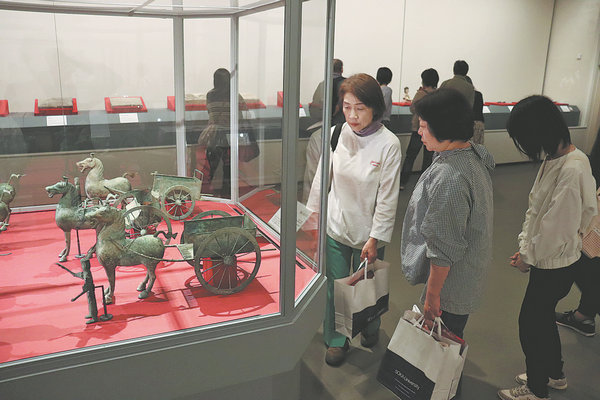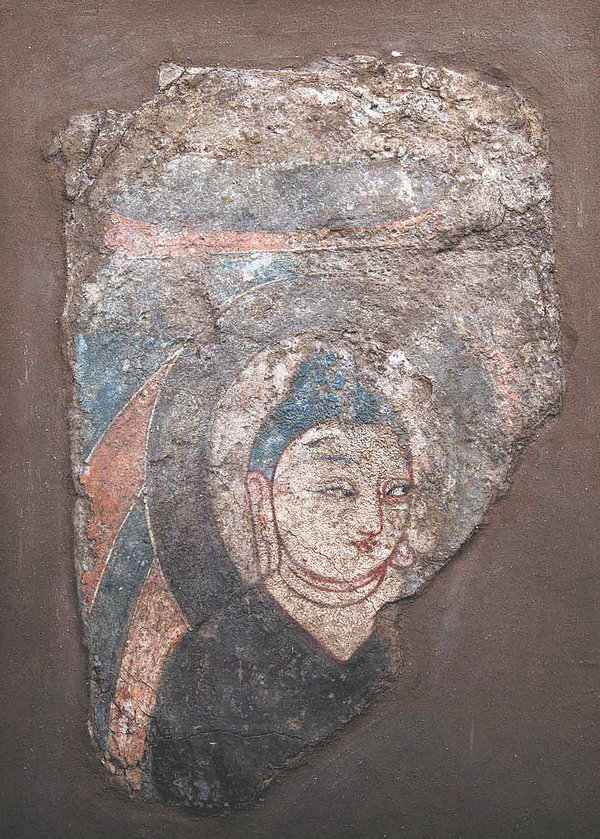

The exhibition was originally scheduled for 2020 but was postponed for three years due to COVID-19.
Between 2018 and 2019, a team of Japanese and Chinese experts visited major museums in 11 provinces and autonomous regions in China to select artifacts. They conducted three research trips, each lasting about two weeks, covering a total distance of 20,000 kilometers.
Ensuring safety of the artifacts was another big challenge. According to Wang Zhuoran, a curator of the exhibition from Art Exhibitions China, the various exhibits include heavy sculptures and tiny decorations, each requiring different protection when people move, preserve and display them.

"As a result, we invested great patience in checking and recording the preservation and features of each exhibit, and trying to figure out ways of packaging and displaying that will protect the cultural relics and put them into practice with our Japanese colleagues. We have tried our best to reduce the risk of the artifacts being broken," says Wang.
During the preparation of this exhibition, whenever the Japanese experts saw the cultural artifacts, they couldn't help but think of the treasures preserved in Shosoin, the treasure house of Todaiji Temple in the city of Nara.
"The cultural artifacts in Shosoin and those from the Silk Road share many similarities, making us feel a sense of closeness and amazement. We believe that the cultural artifacts in Shosoin must have originated from the Silk Road. Through this exhibition, we aim to show the audience where these artistic treasures in Japan come from," Gokita says.